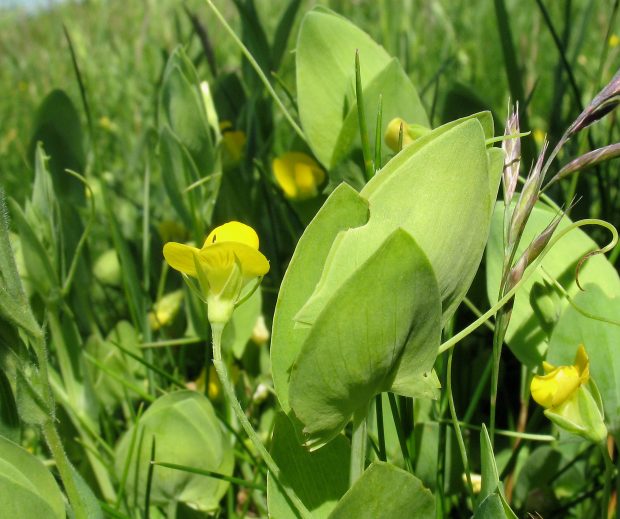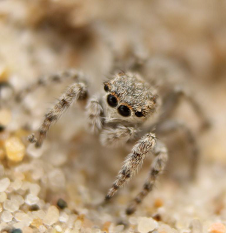
The designation of a new Site of Special Scientific Interest (SSSI) is always a cause for celebration in Natural England because it means more of the rich fabric of our natural world has been recognised. This only happens after a great deal of work to collate, assess and present scientific data and to communicate the findings with people who may have an interest in the site.
There are more than 4,000 of these sites in England, representing the finest places for species, habitat and geology in the country, and I’m really proud that the latest addition to the family is Swanscombe Peninsula in Kent.
You might wonder what is so special about England’s newest SSSI? Swanscombe Peninsula is indeed a very special place for both nature and society. Firstly, it is a large site (250 ha) alongside the Thames Estuary which forms a corridor of habitats connecting Ebbsfleet Valley with the southern shore of the river between Dartford and Gravesend. Hosting an incredible assortment of grassland, scrub, wetlands, grazing marsh and saltmarsh habitat, it provides ideal conditions for a huge variety of wildlife.
It has been well known for some time as an important place for invertebrates (especially bees, flies, wasps, beetles and spiders) and is actually home to more than 1,700 such species, including over a quarter of the UK’s water beetle species and more than 200 species that are considered of conservation importance. It is one of just two places in the UK where the critically-endangered distinguished jumping spider is found. That name alone warrants attention and protection!

But it’s not only invertebrates which call this area home. Those rich and varied habitats on the peninsula also provide great conditions for breeding birds such as marsh harrier and bearded tit, and for nationally scarce plants threatened with extinction in Great Britain, such as the divided sedge and the slender hare’s-ear.
It’s a real haven for wildlife on the doorstep of major towns and associated populations. Visitors will be able to access the northern boundary of the site via the England Coast Path once the latter is established, whilst existing rights of way will serve to provide some limited access to part of the rest of the site.
The site also includes four chalk pits and cement was manufactured here for nearly 150 years. Nature has certainly found a way to successfully occupy this brownfield site. Brownfield sites are an incredibly important refuge for many species, and they are becoming an increasingly scarce habitat in England as they continue to be lost, especially in the south east, through development pressure.
The value of wild spaces has become even more apparent during the Covid lock down, particularly those near to population centres. This new SSSI is a wildlife oasis in the middle of an industrial and urbanised backdrop right on the River Thames.
SSSI status offers protection to sites and their interest features by ensuring that they are managed correctly and - crucially - that their environmental significance is considered in the assessment of any development proposals affecting them.
As Swanscombe Peninsula is in an area with considerable development pressures, it was important that it gained the legal recognition of its rich natural value. The designation of this site is part of an ongoing programme of work by Natural England to gather and assess information on these post-industrial brownfield sites along the Thames.
New SSSIs added to the national list of protected sites are just part of the effort needed to recover nature. Ensuring such sites are in good condition through appropriate management, buffering them through sympathetic land management and connecting them up through the development of an effective Nature Recovery Network are all part of the Government’s ambitions laid out in its 25 year Environment Plan.
The actual designation is always the culmination of lots of work gathering and assessing data (much of it derived from planned developments), applying the national criteria for designation and of course much stakeholder engagement at the pre and post notification stages. This was particularly the case with Swanscombe Peninsula which necessitated join-up between Natural England’s two area teams operating on either side of the Thames.
Following designation a formal four-month consultation takes place to allow stakeholders to have their say. But for now, let’s celebrate Swanscombe Peninsula, a brilliant place for insects, birds, plants, geology and people and the newest addition to the English SSSI family.